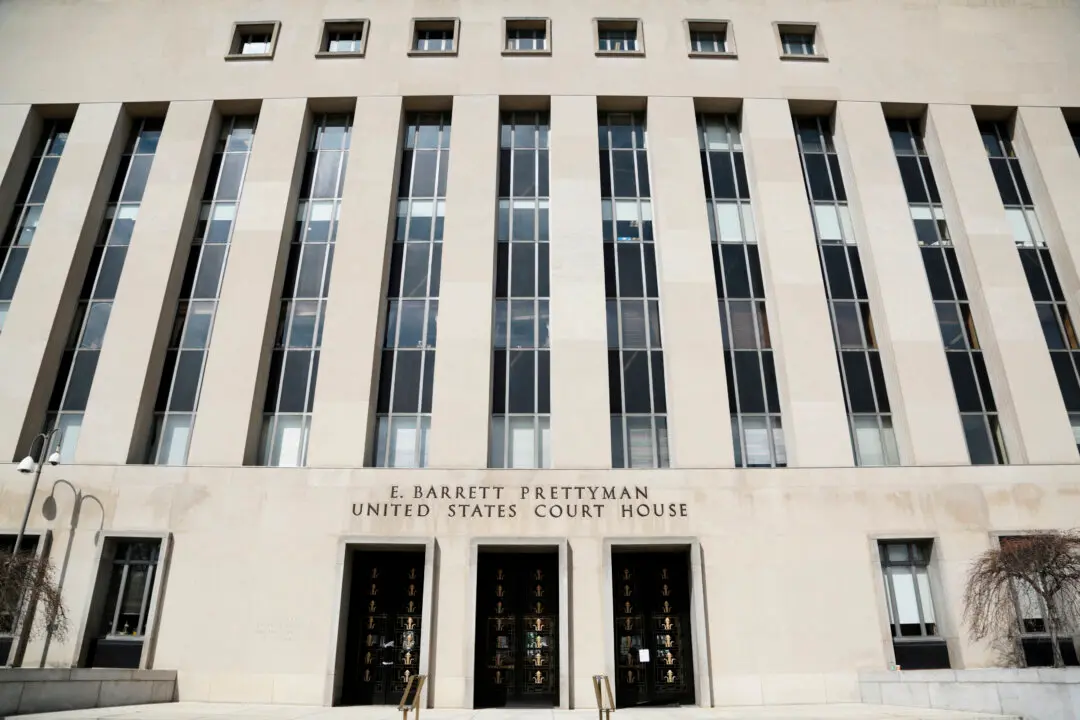This text appeared in the ‘Top Story’ email newsletter sent on Nov. 23, 2024.
The 2024 presidential election could be remembered as the year when Republican and Democratic voters reshuffled themselves into new coalitions based on class, according to some experts.The shift has been seen over the past four election cycles but became pronounced in 2024. Working-class voters chose the GOP in this election, while higher-income, higher-educated voters favored the Democrats, which marks a significant change.
Education and Income
College graduates favored Republican candidates in every election but one from 1988 through 2004. That began to change in 2008 and accelerated in 2016 when Democrats gained a solid majority of 55 percent among college graduates and held it the next two elections.At the same time, voters without a college diploma have increasingly voted Republican. The shift began in 2012, when Republicans gained two percentage points among this demographic, landing at 48 percent. By 2024, Trump had reached 63 percent support from those with a high school education.
A similar migration occurred in terms of income. In 2012, 60 percent of voters with household incomes less than $50,000 voted Democratic. By 2024, that number had dropped to 44 percent.
Race and Gender
Black voters have favored Democrats by at least 80 percent for the past half-century. That support fell from a high of 95 percent in 2008 to 85 percent by 2024. The dropoff was greater among black men, 77 percent of whom voted for the Democratic candidate in 2024.Hispanic support for the Democrats had hovered around 65 percent for over 40 years. That dropped by 13 percent in one election cycle. Just 43 percent of Hispanic men voted Democratic this year.
Regional Shifts
The shifts in class and race in 2024 were significant enough to create movement, if not a landslide, in regional voting patterns.The Blue Wall of industrial states, Pennsylvania, Michigan, and Wisconsin, had been solidly Democratic in presidential elections from 1992 until 2016, when President-elect Donald J. Trump won all three. Trump carried those states again in 2024.
Trump also eroded Democratic support in traditional party strongholds like New York, New Jersey, and California. While Harris carried all three by a comfortable margin, she gained a smaller share of the vote than either Biden in 2020 or Hillary Clinton in 2016.
The erosion of support in such regions fueled Trump’s victory, according to Ken Kollman, a professor of political science at the University of Michigan.
Lessons Learned
Whether this shift in the electorate remains permanent depends largely on how both parties respond to it, experts told The Epoch Times.“This is an election about milk, bread, and eggs,” David Schultz, a professor of political science at Hamline University, told The Epoch Times, meaning that the price of staple goods caused many voters to opt for change.
The GOP can capitalize on that victory by making good on campaign promises to lower prices, according to Schultz. “If people feel like, in four years from now, they can afford milk, bread, and eggs more than they can now, and if they connect that to Trump, I think [the movement] survives,” he said.
Democrats have an opportunity, too, according to political science expert Aaron Dusso. They could recapture their working-class roots by returning to the liberal vision that energized their base decades ago.
“Democrats spend a lot of time on very specific arguments about increasing tax reductions or $6,000 tax credits,” Dusso, a professor at the University of Indiana, Indianapolis, told The Epoch Times.
Dusso thinks those policy-specific appeals fell flat, but a loftier vision could be enticing to disaffected Democrats. One example is the economic populism, rooted in the idea of class struggle, espoused by Sen. Bernie Sanders (I-Vt.).
“This kind of economic message is something that I think a lot of young people are very interested in and I think would resonate with the blue-collar worker,” Dusso said.






